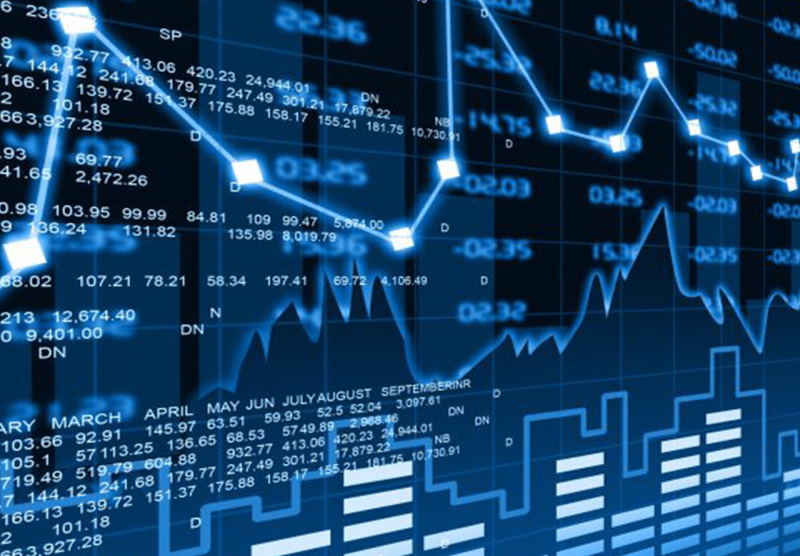Stocks dig in near record highs ahead of U.S. payrolls

Stocks held near record highs on Friday as investors waited to see if U.S. payroll figures will alter their bets on when central banks row back on pandemic stimulus and whether inflation is here to stay.
The STOXX index of 600 leading European companies was up 0.5% at 458 points, just over two points below last month’s lifetime high.
Chipmakers were a bright spot, with ASML Holding up 1% after Micron Technology Inc said it plans to start using ASML EUV machines in production in 2024. ASM International rose 1.35% as it forecast higher order intake in the second quarter.
MSCI’s All Country World index was little changed, just below its all-time high hit earlier this week.
“The market is generally nervous with equity prices like the S&P500 being up at all-time highs, and there’s a general sense of there is a pullback coming, but when is it going to be and what’s the catalyst,” said Giles Coghlan, chief currency analyst at HYCM.
On Wall Street, the S&P 500 reached its sixth consecutive all-time closing high on Thursday, as a new quarter began with upbeat economic data. Jobless claims continued their downward trajectory, touching their lowest level since the pandemic shutdown.
“One catalyst for a pullback could be is a very strong run of jobs data, increasing expectations of earlier rate hikes out of the United States. That could be enough to start seeing a pullback in equity markets,” Coghlan said.
Wall Street was set for a steady start as S&P futures hit new highs though sentiment will hinge on the payrolls data due before the open.
Economists polled by Reuters forecast that the U.S. economy created 700,000 jobs last month, up from 559,000 in May. That would be more than the 540,000 monthly average over the past three months.
Nevertheless, employment would be about 6.9 million jobs below its peak in February 2020.
While the prospects of a strong economic recovery underpin equity markets, investors remained nervous that a sharp recovery from the pandemic could push up inflation to an uncomfortable level for the U.S. Federal Reserve.
Slideshow ( 2 images )
Former U.S. Treasury secretary Lawrence Summers said massive U.S. fiscal spending will set off inflationary pressures of a kind not seen in a generation, but others argue that until wage pressures return in force, talk about a return to 1970s-style inflation is just that.
“The situation remains uncertain and no one would have their forecast with high degree of confidence now. Markets will be very sensitive to any upticks in inflation,” said Tomo Kinoshita, global market strategist at Invesco.
“HEADS BASHED”
Japan’s Nikkei gained 0.3% and most other markets held firm but MSCI’s broadest index of Asia-Pacific shares outside Japan fell 1% due to declines in Chinese and Hong Kong shares.
Shanghai Composite fell 1.9%, on course to mark its biggest fall since March, as investors grew cautious that China’s monetary policy could be tightened.
Some investors also noted possible unease among overseas investors over President Xi Jinping’s warning to foreign powers in a speech to mark his party’s centenary, as Sino-U.S. tensions simmer over many issues.
Xi said any foreign forces attempting to bully China would “get their heads bashed”.
“Foreign investors are probably turning cautious after hawkish rhetoric from China’s President Xi Jinping,” said Masahiko Loo, portfolio manager at AllianceBernstein in Tokyo.
In bond markets, the 10-year U.S. yield stood at 1.452%, largely staying below 1.5% in the past couple of weeks, in part thanks to subsiding inflation expectations.
In the currency market, the dollar was perched at a 15-month high against the yen and at multi-month peaks against other majors on Friday, as traders wagered strong U.S. labour data could lift it even further.
The dollar rose to as high as 111.57 yen, hitting its highest level since March last year. The euro slipped to $1.18324 .
Oil prices stood near their highest levels since 2018 on indications that OPEC+ producers could increase output more slowly than expected in coming months.
OPEC+ delayed its ministerial meeting until Friday to hold more talks on oil output policy, OPEC+ sources said on Thursday, after the United Arab Emirates blocked a plan for an immediate easing of cuts and their extension to the end of 2022.
U.S. crude futures traded at $75.12 per barrel, almost flat on the day after going as high as $76.22 on Thursday, its strongest since October 2018.



